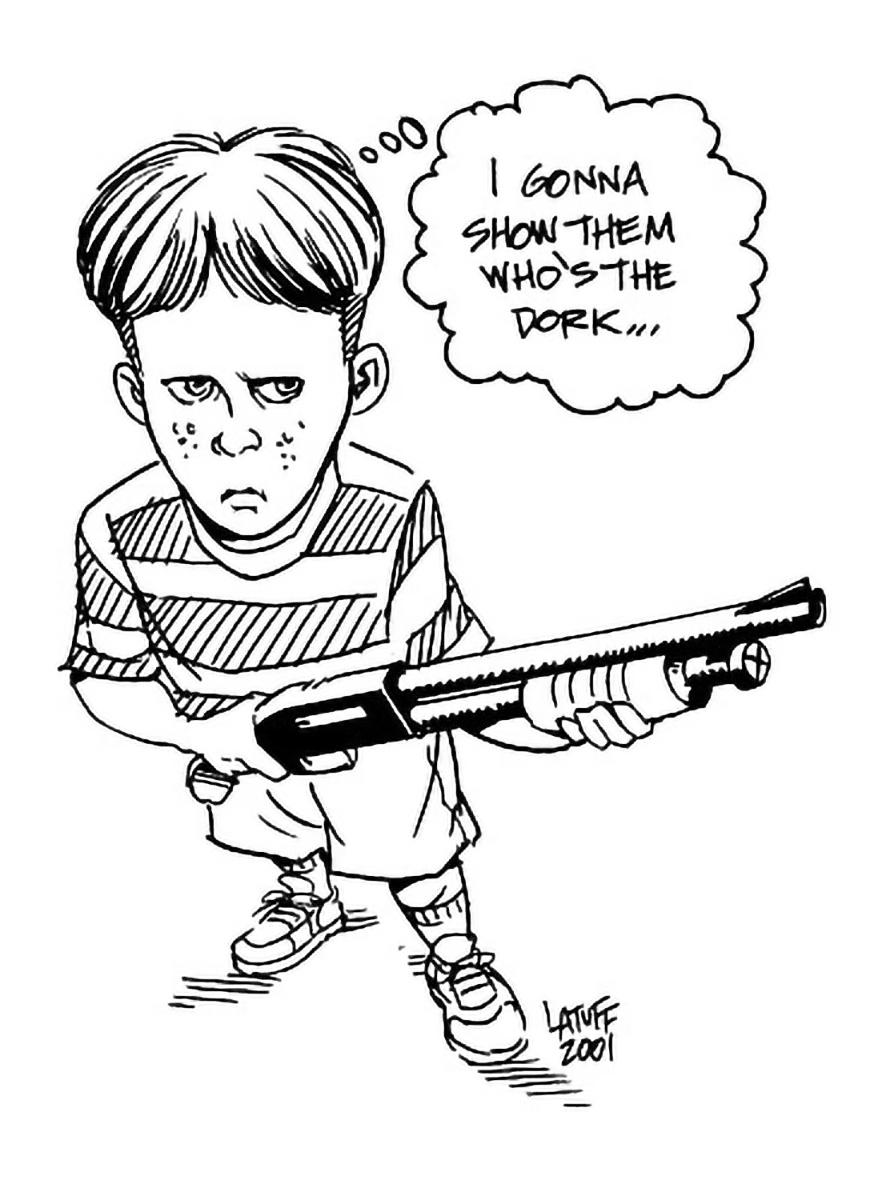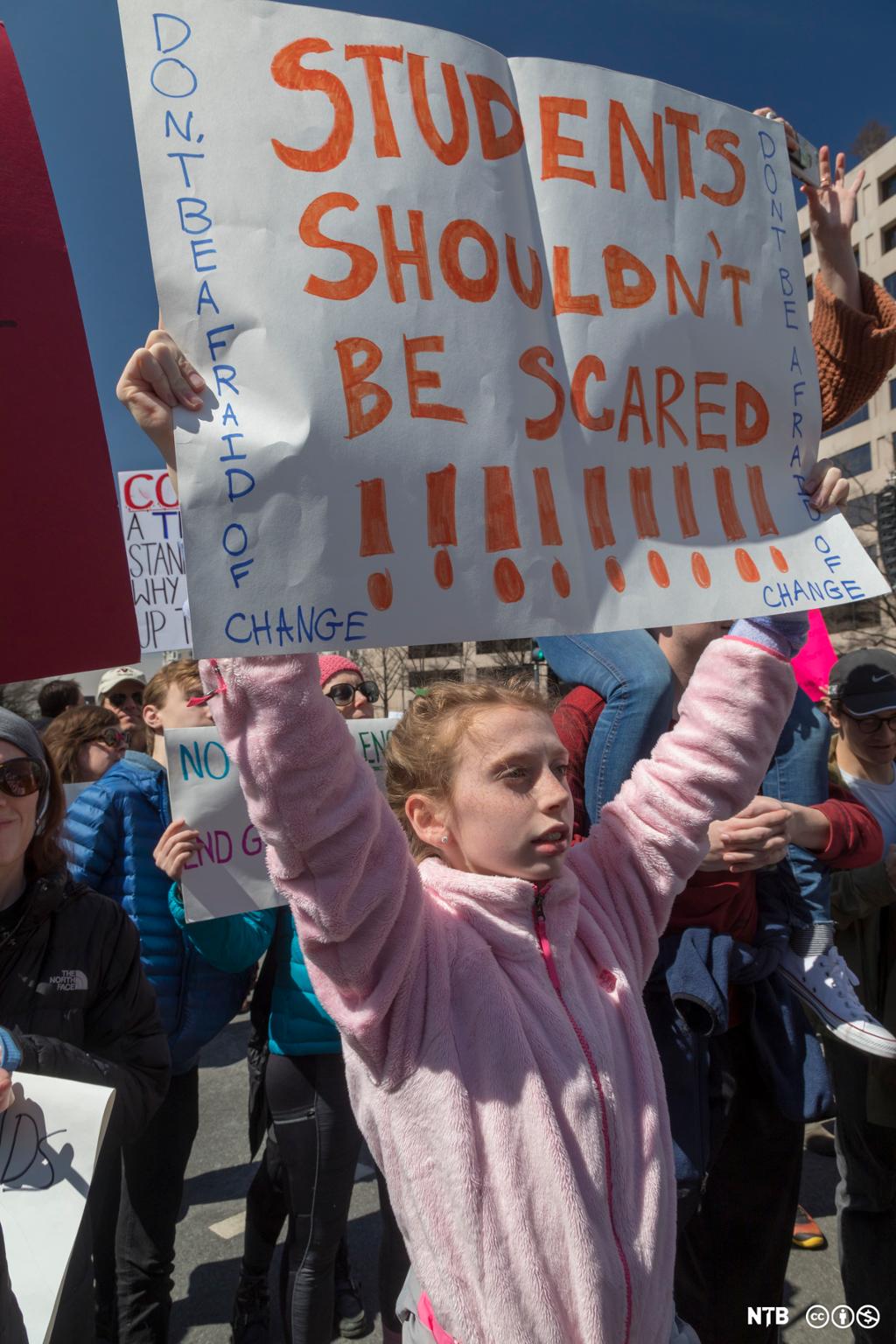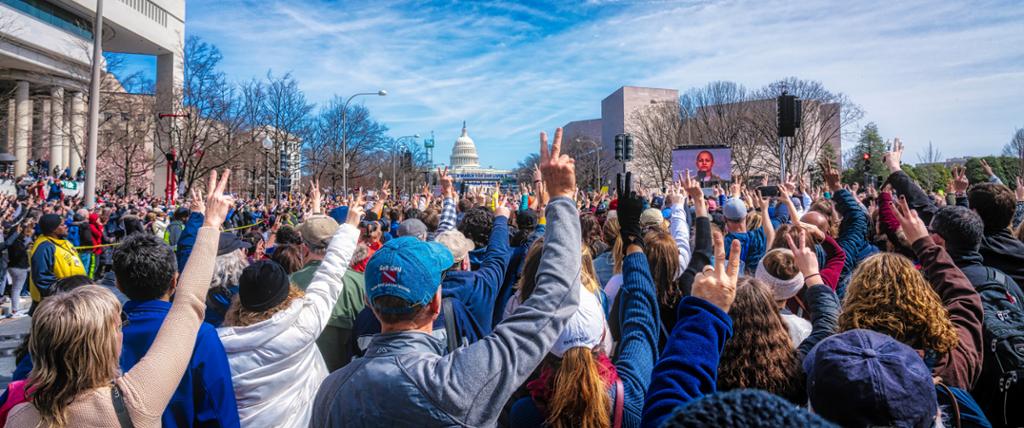School Shootings
School Shootings

On 20 April, 1999, two students opened fire at Columbine High School in Littleton, Colorado, gunning down 12 of their fellow students and a teacher, all within the span of one hour.
This was by no means the first school shooting in the United States, nor was it the deadliest. Nevertheless, it got a great deal of media coverage, and it launched the country into a new era of school shooting awareness. It prompted a national debate on gun control and school safety, as well as a major investigation to determine what motivated the gunmen.
In spite of all efforts to make schools safer, the problem of school shootings has only grown over the years. Since 1999, there have been more than 300 school shootings in American schools and universities. Fortunately, most school shootings only involve a few people and have few fatalities; since 1999 only six school shootings caused more than ten fatalities.
However, some school shootings stand out as more brutal and vicious than others. One of the most tragic incidents, and one that Americans will never be able to forget, took place at Sandy Hook Elementary School in Newton, Connecticut just before Christmas in 2014. Adam Lanza (20), a former student, entered the school armed with a semiautomatic rifle. Twenty pupils and six teachers were killed. The pupils were first graders, aged six and seven, and had started school only four months earlier.
President Obama would later describe this as the worst day of his presidency. Speaking only hours after the tragedy, he urged the nation to come together and "take meaningful action to prevent more tragedies like this, regardless of politics."
There has been little federal progress towards what Obama described as 'common-sense gun laws'. In the United States, the right to own a gun is guaranteed by the Second Amendment to the American Constitution. Any changes to this law, or changes in interpretation of this law are fiercely opposed by the American gun lobby, especially by an organisation called the National Rifle Association (the NRA).
Gun ownership is considered a basic right for all individuals over the age of 18. Officially, there are some limitations to the type of weapons you can buy before the age of 21, but there are also loopholes that make it possible to get hold of very powerful weapons on your 18th birthday.
The United States is awash with guns. The exact number is uncertain, but it has been estimated that there are about 120 guns for every 100 Americans; this is the highest number of any country in the world. By comparison, Canada has about 34 firearms per 100 persons, and Norway has 29. We know that 42% of all Americans have a gun in their household.
While correlation is not causation, it seems obvious to assume that the availability of firearms is part of the explanation why the United States has the highest homicide rate in the Western world, and why the country has more school shootings than any other nation.
Compared to suicides and other gun-related killings, school shootings only account for a tiny fraction of the country’s gun deaths. It is estimated that the chance is 1 in 2.99 million that a child will be killed in a school shooting. Nevertheless, school shootings carry vast social costs for students and school staff around the country.
Most students who survive a school shooting will experience a reaction in the months and years after the incident. Depressions and anxiety are common, and research has shown that any person who witnesses a school shooting has a 77% chance of developing post-traumatic stress syndrome. Unsurprisingly, the students' school performance also suffers as a consequence of their experience.

School shootings also spark everyday worries for American students in general. A Pew Research Center survey carried out in 2018 shows that a majority of American teens are very or somewhat worried about the possibility of a shooting happening at their school. Another survey, carried out by the non-profit organisation The Children’s Defence Fund, shows that fear of a school shooting is the second most common worry for children between the ages of 6 and 17 and that a staggering 41% of American school children (four in ten) do not feel safe at school. It is not difficult to understand how this may affect the students' well-being and mental health.
Measures such as metal detectors and armed guards have been commonplace at American schools.
Looking into the backgrounds of many school shooters to try to understand who they are and what triggered them, may be the key to prevent future shootings. The Violence Project is the most comprehensive database on mass and school shootings in the United States, and their comparative studies of perpetrators show a clear pattern:
The great majority of perpetrators are white males and between the ages of 12 and 17. Nearly all are students or former students at the targeted school.
The majority have lived particularly stressful lives. Violence, unstable families, absent or alcoholic parents, and various childhood traumas are common. Most have experienced significant losses in their lives.
Many of them struggle with untreated mental health issues, and the majority appear to be suicidal before the attack.
They commonly reveal their plans ahead of time, often on social media.
Most school shooters feel rejected and bullied at school.
One person who fit the profile and ticked all the boxes was Nikolas Cruz (19). On 14 February 2018, Cruz, who had been expelled the year before, entered the hallway of Stoneman Douglas High School in Parkland, Florida, carrying an AR-15 semi-automatic rifle. 17 people were killed and 14 were injured.
Before the fateful day in February, Cruz had dropped a trail of clues that his state of mind was deteriorating. He had been disciplined in school numerous times and had been assigned to a school for teens with emotional and behavioural disabilities. He was treated for mental health issues, and his behaviour often spooked those around him. Both his adoptive parents had died - his mother only three months before the shooting. Six months prior to the shooting, he had been reported to the FBI by a video blogger who had found the following statement on Cruz’s YouTube page: "I’m going to be a professional school shooter!"
There was a pattern of disturbing behaviour that grew over the years, but in spite of numerous red flags, no one intervened.
Unfortunately, since there are so many of them, most school shootings are soon forgotten. The Parkland shooting was different. A number of students were so angered and frustrated with the lack of safety at school that they decided to vent their frustration on social media, thus creating #NeverAgain. This grassroots movement was set up to work for better gun control and tighter regulations to counter gun violence. #NeverAgain instantly became a hit and their voices quickly went viral. They publicly called out the NRA (National Rifle Association) and its influence on national politics, and shamed the leaders they considered responsible for the nation’s lax gun laws.
#NeverAgain was not only an online movement: Only five weeks after the shooting, the March for Our Lives rally took place in Washington DC. The march drew almost 200,000 people and inspired sister marches in over 800 cities around the globe.

Through their activism, many of the Parkland students have managed to find a way out of the tragedy and create a positive commitment to a cause that desperately needs to be addressed. They believe, as do the majority of the American population, that time is long overdue for stricter gun control legislation and that politicians must act at once. In the words of Lorenzo Prado, one of the Parkland shooting survivors:
To let these victims' lives be taken without any change in return is an act of treason to our great country. What we must do now is enact change, because that is what we do to things that fail: we change them.